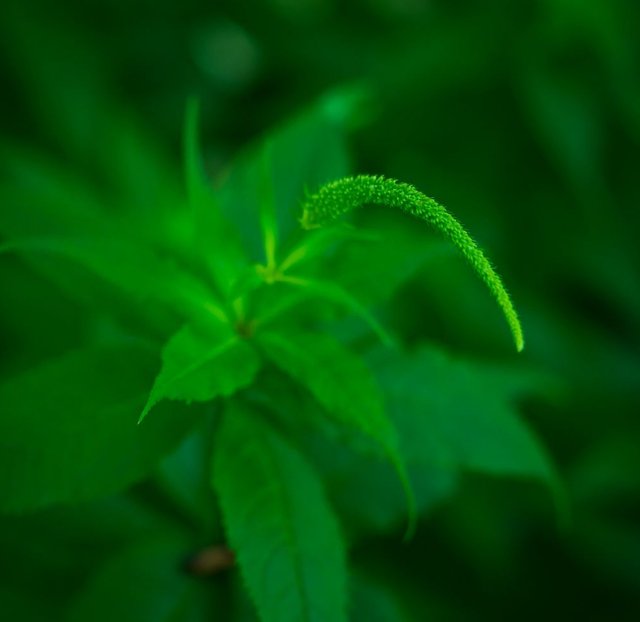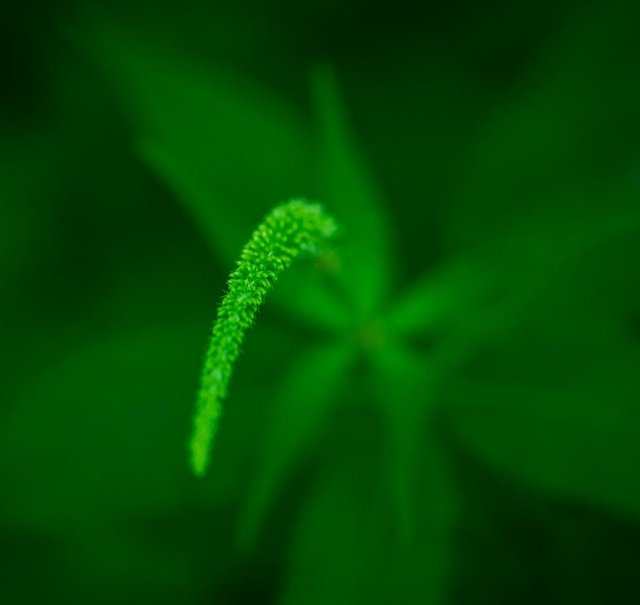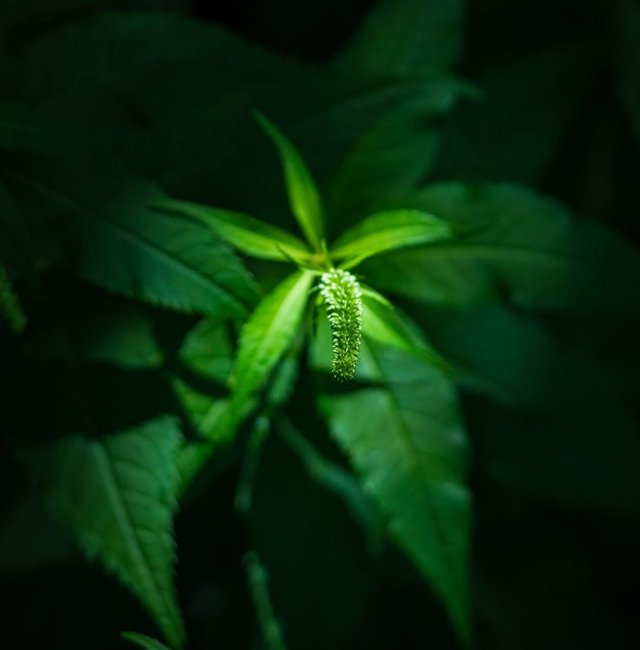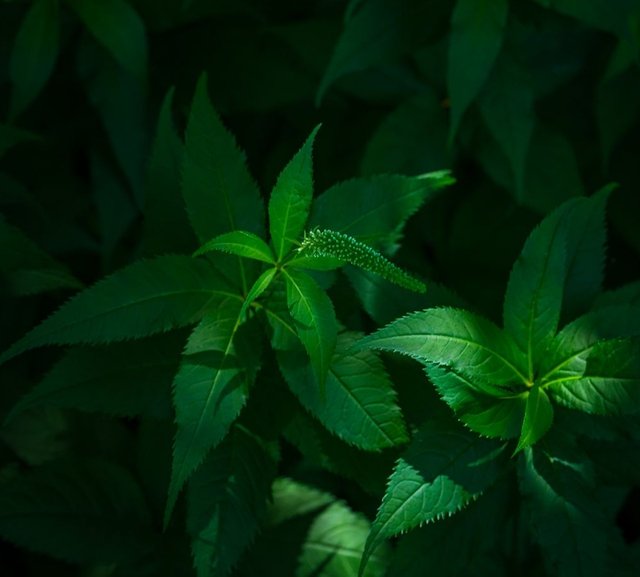Leucosceptrum Flower So Amazing
Exploring Leucosceptrum: The Versatile Herb of the Himalayas
Introduction
Leucosceptrum, a lesser-known yet fascinating genus of the mint family, offers an intriguing blend of botanical beauty and practical utility. Predominantly found in the Himalayan region, these perennial herbs have captured the interest of botanists, horticulturists, and traditional medicine practitioners alike. This post delves into the characteristics, ecological significance, and uses of Leucosceptrum, aiming to shed light on this remarkable genus.
Botanical Characteristics
Leucosceptrum encompasses a small group of species characterized by their distinctive morphological traits:
Leaves: The leaves are typically opposite, ovate to lanceolate in shape, and exhibit a serrated margin. They are often aromatic, which is a hallmark of many members of the Lamiaceae family.
Flowers: The flowers are usually arranged in terminal spikes or racemes. They are tubular, with a bilabiate corolla, reflecting their adaptation for pollination by insects.
Stems: The stems are square in cross-section, another characteristic feature of the mint family. They are often covered with fine hairs.
Growth Habit: Leucosceptrum species are perennial herbs that can grow up to 1-1.5 meters in height. They thrive in shaded, moist environments, particularly in the understory of forests.
Species of Interest
Several species within the Leucosceptrum genus have been identified, each with unique attributes. Notable among them are:
Leucosceptrum canum: Known for its medicinal properties, this species is commonly found in the Himalayas at altitudes ranging from 1200 to 3000 meters. It is utilized in traditional medicine for its anti-inflammatory and analgesic properties.
Leucosceptrum japonicum: Native to Japan, this species is celebrated for its ornamental value. It is often grown in gardens for its lush foliage and attractive flowers.
Ecological Significance
Leucosceptrum species play a vital role in their native ecosystems. Their flowers attract a variety of pollinators, including bees and butterflies, contributing to the biodiversity and health of forest habitats. Additionally, the plants help in soil stabilization due to their robust root systems, which can prevent soil erosion in hilly terrains.




Device Information
| Device | Redmi Note 10 Pro |
|---|---|
| Location | Bangladesh |
